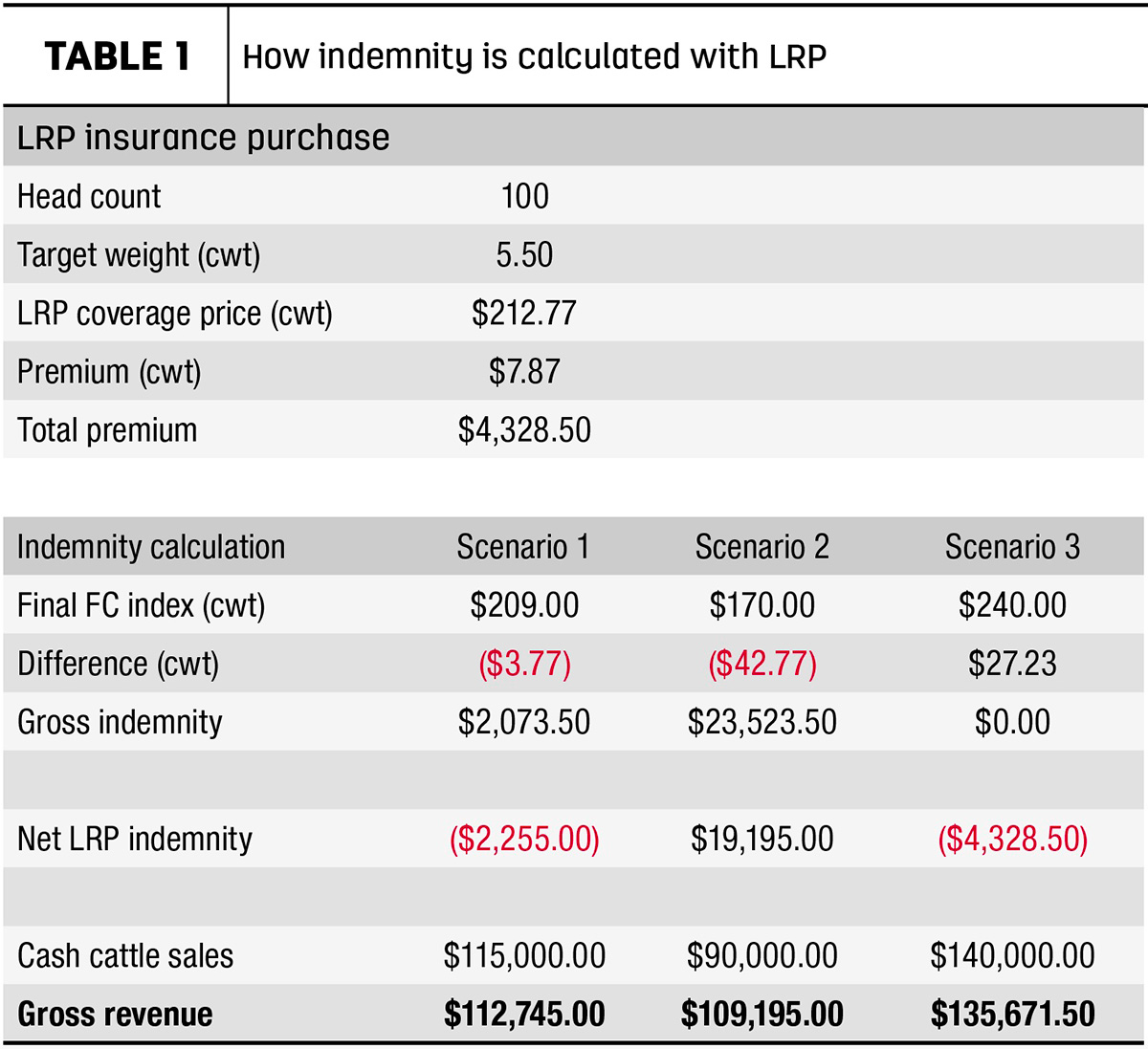Recognizing Animals Danger Defense (LRP) Insurance: A Comprehensive Overview
Navigating the realm of animals danger defense (LRP) insurance can be a complicated undertaking for many in the agricultural market. From just how LRP insurance policy functions to the various insurance coverage alternatives available, there is much to uncover in this extensive overview that can possibly form the method livestock producers approach danger management in their services.

Just How LRP Insurance Coverage Functions
Sometimes, recognizing the auto mechanics of Animals Threat Security (LRP) insurance coverage can be complicated, but damaging down how it works can supply quality for ranchers and farmers. LRP insurance policy is a risk administration tool made to safeguard livestock producers versus unforeseen cost decreases. The policy enables producers to establish a protection degree based upon their particular needs, selecting the number of head, weight array, and insurance coverage rate. Once the plan is in place, if market value fall listed below the protection rate, producers can sue for the distinction. It is necessary to note that LRP insurance coverage is not an earnings warranty; rather, it concentrates exclusively on cost danger protection. The coverage duration typically varies from 13 to 52 weeks, supplying flexibility for manufacturers to select a duration that straightens with their manufacturing cycle. By utilizing LRP insurance, ranchers and farmers can mitigate the monetary risks related to varying market rates, making sure greater security in their operations.
Eligibility and Protection Options

When it pertains to insurance coverage options, LRP insurance provides manufacturers the flexibility to select the protection degree, protection period, and recommendations that finest fit their risk management demands. Coverage degrees commonly vary from 70% to 100% of the anticipated ending worth of the insured livestock. Manufacturers can also pick protection periods that align with their manufacturing cycle, whether they are insuring feeder livestock, fed cattle, swine, or lamb. Endorsements such as cost danger security can further tailor protection to shield versus adverse market fluctuations. By recognizing the eligibility requirements and coverage choices available, animals producers can make enlightened choices to manage risk properly.
Pros and Disadvantages of LRP Insurance Coverage
When assessing Livestock Risk Security (LRP) insurance, it is crucial for livestock producers to evaluate the benefits and drawbacks fundamental in this threat monitoring device.

One of the primary benefits of LRP insurance policy is its ability to give protection against a decrease in livestock rates. Furthermore, LRP insurance uses a degree of versatility, allowing manufacturers to personalize coverage degrees and policy periods to suit their certain needs.
However, there are likewise some disadvantages to consider. One constraint of LRP insurance policy is that it does not secure versus all sorts of risks, such as disease outbreaks or natural catastrophes. In addition, premiums can in some cases be expensive, particularly for producers with big animals herds. It is vital for producers to carefully assess their private danger direct exposure and economic scenario to determine if LRP insurance policy is the appropriate risk monitoring tool for their operation.
Understanding LRP Insurance Premiums

Tips for Making The Most Of LRP Conveniences
Optimizing the advantages of Livestock Danger Protection (LRP) insurance coverage requires critical planning and positive danger management - Bagley Risk Management. To make the many of your LRP protection, think about the following tips:
On A Regular Basis Examine Market Conditions: Stay educated about market patterns and cost changes in the livestock sector. By their explanation checking these variables, you can make find out here informed choices about when to acquire LRP protection to secure against prospective losses.
Set Realistic Insurance Coverage Degrees: When selecting coverage levels, consider your production costs, market value of animals, and potential dangers - Bagley Risk Management. Establishing realistic insurance coverage degrees makes sure that you are adequately secured without overpaying for unneeded insurance
Diversify Your Insurance Coverage: As opposed to relying exclusively on LRP insurance, consider diversifying your threat administration approaches. Integrating LRP with other risk monitoring tools such as futures contracts or alternatives can provide thorough insurance coverage against market unpredictabilities.
Evaluation and Change Insurance Coverage On a regular basis: As market conditions alter, regularly assess your LRP insurance coverage to guarantee it aligns with your existing threat direct exposure. Adjusting protection degrees and timing of acquisitions can assist enhance your risk defense strategy. By adhering to these suggestions, you can take full advantage of the benefits of LRP insurance coverage and secure your livestock procedure versus unanticipated threats.
Final Thought
Finally, animals threat defense (LRP) insurance policy is a beneficial tool for farmers to handle the financial threats connected with their livestock operations. By comprehending exactly how LRP functions, eligibility and protection options, in addition to the benefits and drawbacks of this insurance coverage, farmers can make enlightened choices to secure their source of incomes. By carefully taking into consideration LRP premiums and implementing strategies to make best use of benefits, farmers can mitigate prospective losses and guarantee the sustainability of their procedures.
Animals manufacturers interested in obtaining Animals Danger Defense (LRP) insurance coverage can check out a range of look at here qualification requirements and protection options tailored to their details animals operations.When it comes to protection choices, LRP insurance coverage offers producers the versatility to pick the coverage level, protection duration, and recommendations that finest suit their danger management demands.To realize the complexities of Animals Risk Defense (LRP) insurance policy totally, recognizing the aspects affecting LRP insurance costs is vital. LRP insurance coverage premiums are figured out by different elements, consisting of the protection level picked, the anticipated price of animals at the end of the protection duration, the type of livestock being guaranteed, and the size of the insurance coverage period.Review and Readjust Protection On a regular basis: As market problems change, regularly examine your LRP coverage to ensure it lines up with your existing danger direct exposure.